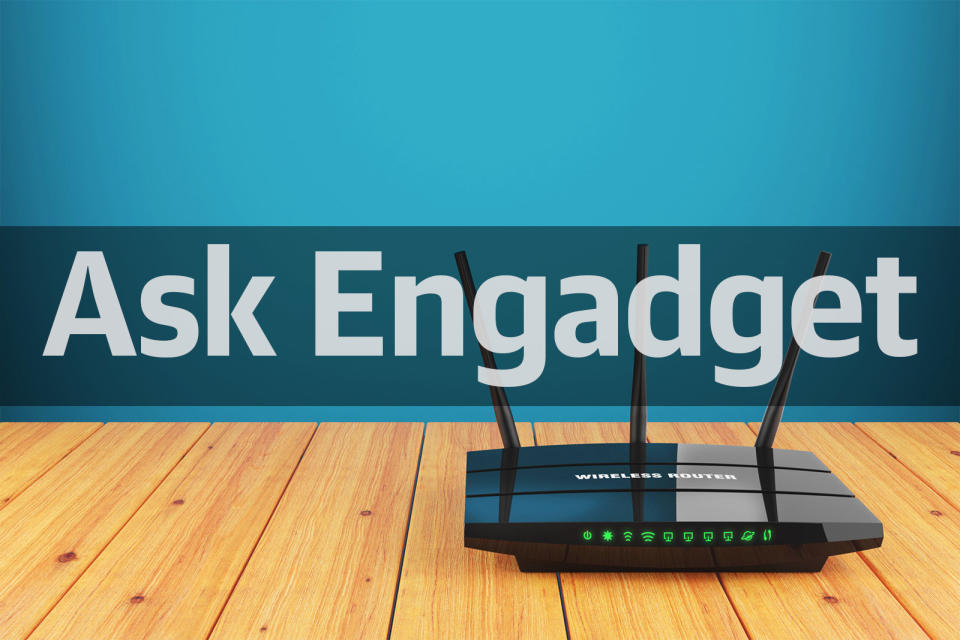Ask Engadget: Where should I put my router?
When setting up a home office, what is the best location for your router and modem?
The support shared between readers in the comments section is one of the things we love most about the Engadget community. Over the years, we've known you to offer sage advice on everything from Chromecasts and cameras to drones and smartphones. In fact, our community's knowledge and insights are a reason why many of you participate in the comments.
We truly value the time and detail you all spend in responding to questions from your fellow tech-obsessed commenters, which is why we've decided to bring back the much-missed "Ask Engadget" column. This week's question comes to us from a reader who needs help setting up a home office. Weigh in with your advice in the comments -- and feel free to send your own questions along to ask@engadget.com!
I am considering moving my office from the basement and converting a room on the second floor. I have lots to move, but single strength is a make or break. I did some quick shot tests and found that I am dropping about 45 percent signal in the new office. I plan on stringing new coaxial and Ethernet up to the room so that I can maintain the best signal for my work. Would it be better to leave the cable modem (Thomson) where it is (in basement) and use Ethernet to string the router (D-Link AC3200) to the second floor, or does it not matter? My preference would be to keep the modem and router together just for troubleshooting. You know, when the network goes out and you call your ISP and the first thing that they want you to do is power down the modem and router.
I will be stringing 50-foot lengths for both. I am not sure what type of coaxial I should get. Which one should I select, RG-6/U or The RG-59U? The Ethernet will be Cat7; I'll use that to hook up a range selector and/or my Apple TV in the basement.

Devindra Hardawar
Senior Editor
As you predicted, it doesn't matter much if you keep your router and modem together — at least when it comes to getting internet access to your office. Personally, I'd keep them nearby for troubleshooting, like you mentioned. Bringing your router up from the basement could help wireless reception in other areas of the house, though. It might be worth moving it up to your new office temporarily to see if it helps internet access in far-off rooms.
When it comes to coaxial types, RG-6 is best suited for high-bandwidth tasks like TV signals and broadband internet. RG-59 is a less capable cable typically reserved for things like closed-circuit security systems. Cat7 Ethernet is your best bet if you want to completely future-proof your setup, since it supports speeds up to 10Gb/s. Cat6 is cheaper, though, and can get those speeds in short runs.
It's a good thing you've already committed to stringing cables, because otherwise you'd have to look at things like powerline internet to spread network access through your home. I've heard good things about those systems, but they also involve buying entirely new equipment. As usual, it's much easier just to throw a cable into a new room. Wi-Fi is also getting better, but to get the best speeds you'd need to use a 5GHz network, which doesn't pass through walls and floors easily. A multi-room system like Eero and Google WiFi could help too, but they still cost a lot, and technically won't be as reliable as a physical cable.




